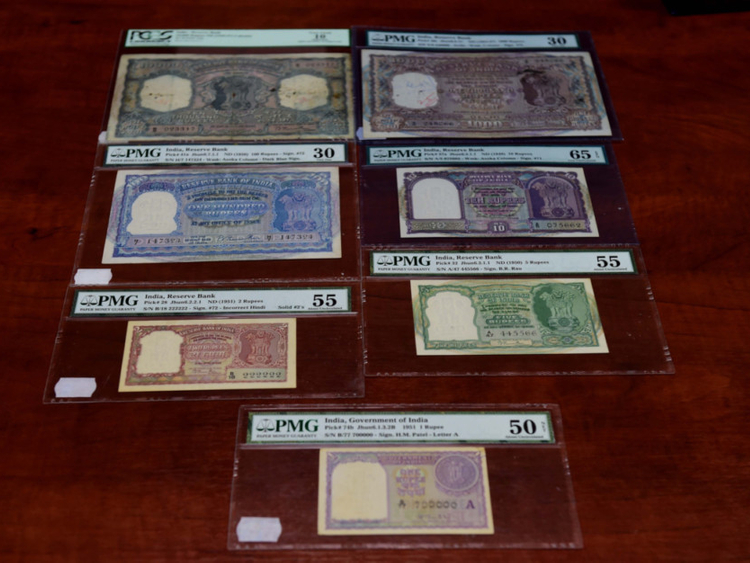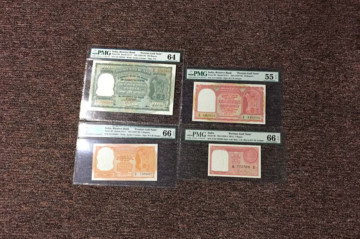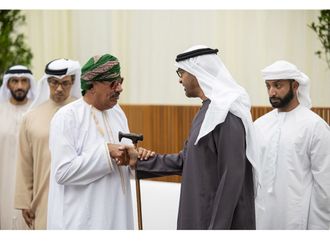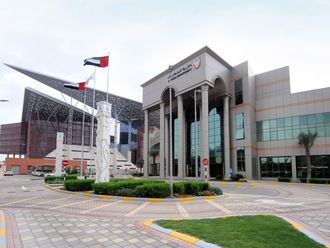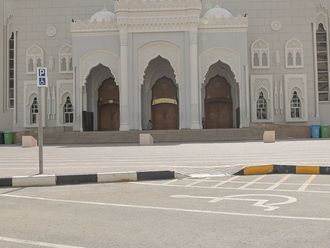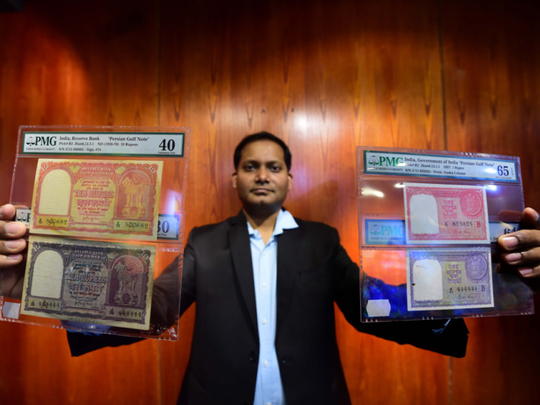
Dubai: As UAE-India relations scale a new high - with His Highness Shaikh Mohammad Bin Zayed Al Nahyan, Crown Prince of Abu Dhabi and Deputy Supreme Commander of the UAE Armed Forces, gracing India’s 68th Republic Day parade as chief guest on January 26 - a professional numismatist from Dubai is revisiting history to strike a rare note.
Going down memory lane with XPRESS, S. Ramkumar, founder of Numisbing, a Deira-based hub for coin collectors and dealers, said, “The bonds between the people of UAE and India are deep-rooted, and what can demonstrate this better than the fact that the Indian rupee was the legal tender here for so many years.”
Two categories
Digging out the yesteryear notes from his huge collection, Ramkumar explained how the Indian currency in the then Crucial States fell under two categories: notes in circulation before 1957 and those used between 1957 and 1966.
“The Indian rupees used until 1957 were the same in colour and design as those that were used in India and came in eight denominations – 10,000, 5,000, 1,000, 100, 10, five, two and one. But in 1957, India introduced special notes for Gulf countries (Crucial States, Qatar, Bahrain, Oman and Kuwait) and they were called the Gulf Rupees. They were of the same design as the notes used in India but were of different colours. They came in four denominations now: 100, 10, five and one.”
While the one, five, 10 and 100 rupee notes in India were in wild purple, green, violet and blue, the Gulf legal tenders were in red, orange, red and green.
Ramkumar said, “The reason why the Gulf Rupees were introduced was to make the transfer of funds between the two countries more accountable. Its usage however ended in 1966 following the discovery of oil here and devaluation of the rupee back in India.”
He said between 1966 and 1973, different emirates used different currencies, with Dubai circulating the Qatar-Dubai Riyal. The dirham was introduced in 1973.
Ramkumar said his collection includes the first one rupee notes introduced in India and the Gulf way back in 1917. The notes were white and were issued in booklets. Each booklet had 25 notes that had to be torn off like leaves from a cheque book. Each note had a photo of King George V on the rear with the denomination spelt out in eight Indian languages. Fast forward to 2017, the booklet carries a 100-year-old narrative, all its own.


